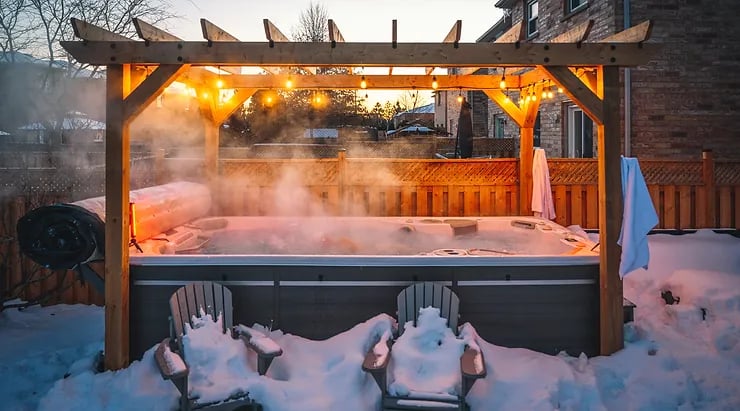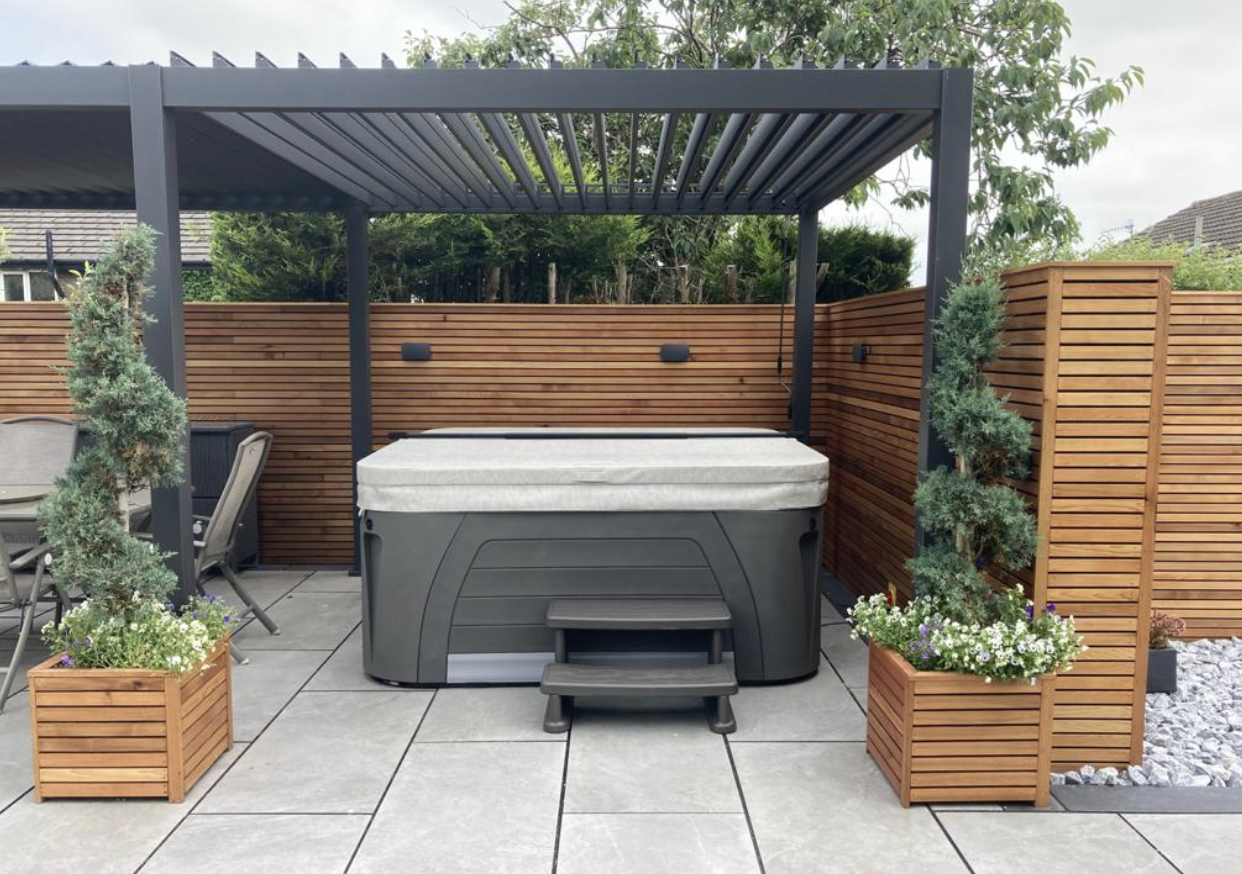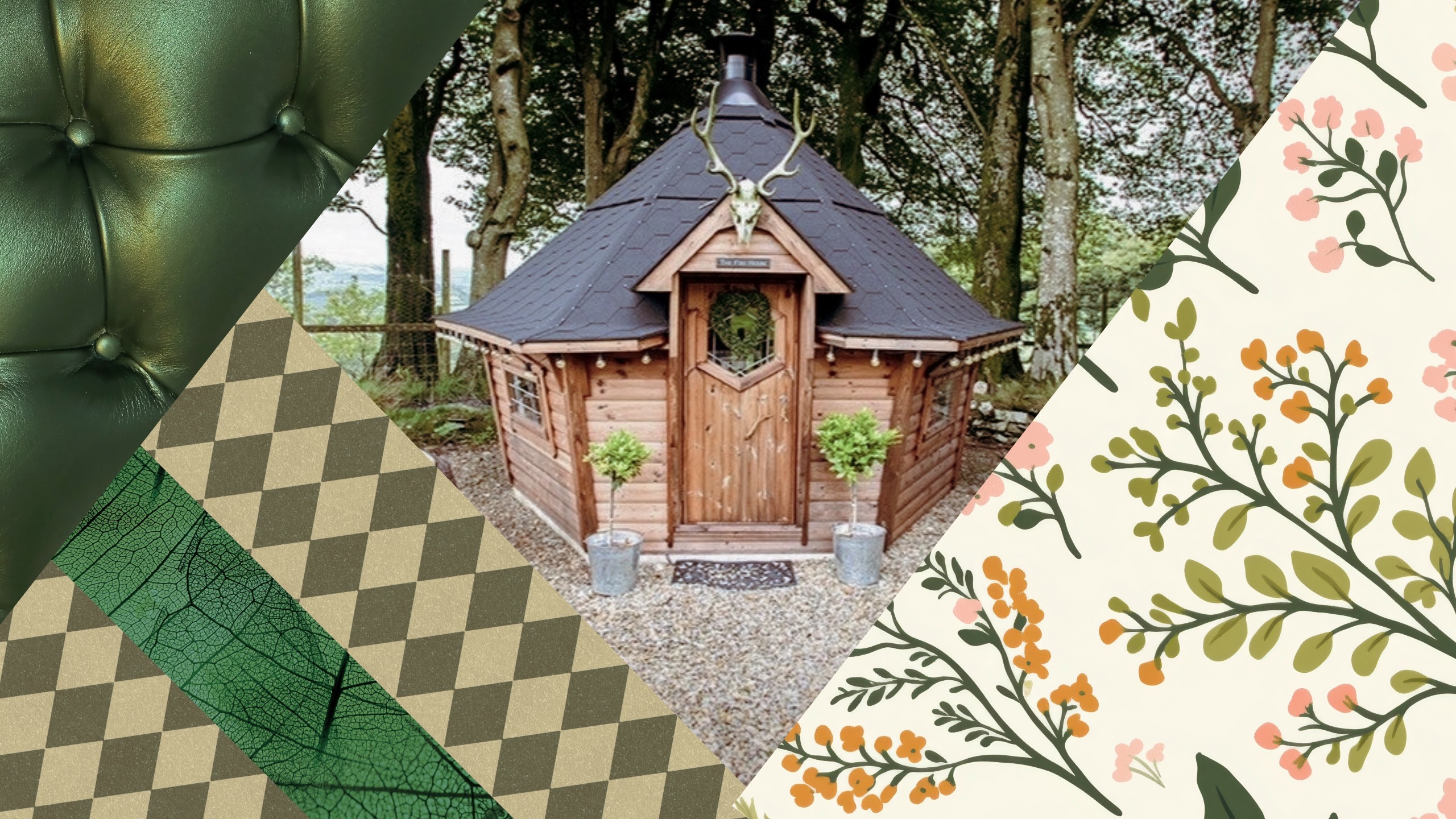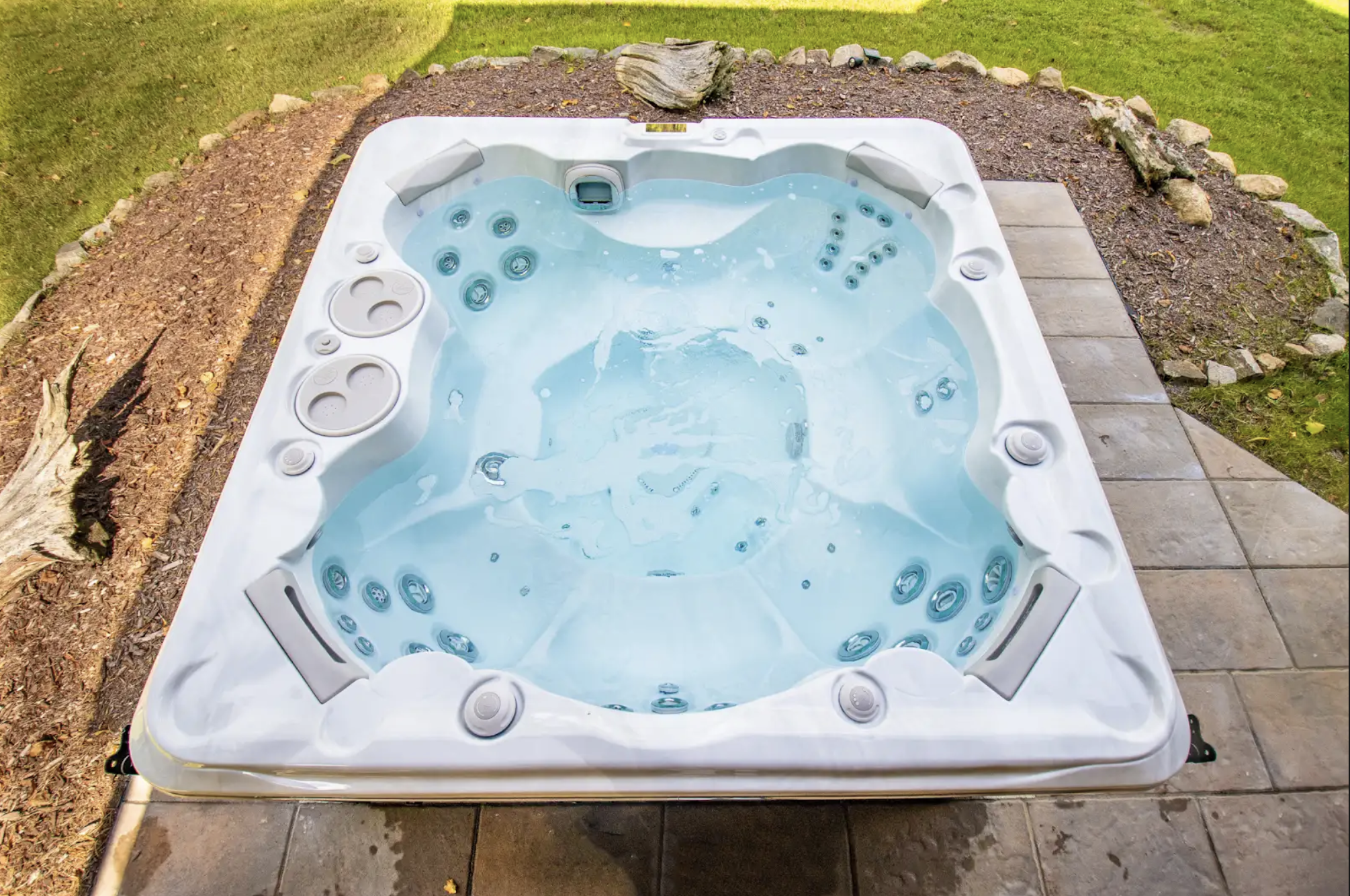Share Post
Hibernating Your Hot Tub? If, When, & How to Winterise
Using your hot tub can be a year round activity. Hydropool Hot Tubs are built in Canada, and designed for some of the coldest weather out there!
Some would argue that there is nothing better than being submerged in the warm water of your spa, keeping the brisk winter’s air at bay. While others dread the thought of even stepping foot in the garden during Winter. If you are one of the latter, read on!

HIBERNATING, WINTERISING, WHAT?
Most often referred to when talking about boats, or holiday homes in cold climates, winterisation is the process of preparing something for winter. In effect, you are shutting down the system and preparing for its disuse.
SHOULD I WINTERISE MY HOT TUB?
While a hot tub is typically designed to be used all year round, there may be a few reasons why you’re considering shutting it down for the season:
-
You don’t use your spa throughout the Winter.
-
You’re going away for a long period (3-4 months).
-
Energy costs rise during colder months.
Winterising your hot tub has its risks: Freezing pipes, bacterial growth, and seizing pumps are all possibilities throughout the few months your hot tub isn’t full, filtering, and able to heat.
Before Committing to Winterising your Hot Tub Try These First:
1. Reduce your filtration cycles.
Many hot tubs are factory set to a long filtration cycle, and you’d be surprised at how many people never consider changing it. If you don’t use your hot tub throughout winter, it’s doing a lot of filtering for no reason!
Take out your manual and dive into those filtration settings, you’ll often find that you can reduce the timings by more than half when you’re not using your spa.
The majority of hot tubs have an Economy Program. While the exact function varies with each manufacturer - the overall effect is it heats the hot tub a lot less than the standard setting.
2. Reduce your temperature.
That’s it. Press and hold that down button until you hit the lowest temperature you can get. On most spas you’ll find this to be 15°C. That’s a dramatic reduction from that comfortable 38°C you’re used to, and with good insulation your heater shouldn’t even need to kick on often to maintain it.
The best part about keeping your hot tub running, at even the lowest temperature is: there’s no risk of freezing pipes, even at 15°C. Many newer spas now have Frost Protection modes, so if there IS ever a risk of freezing, your pumps kick in- moving the water around and getting it up to a risk free temperature.
3. Check your insulation is adequate.
Hydropool Hot Tubs come with a Triple Layered Insulation, and are designed to work in Canadian Winters, down to 40°C! If you’re not sure what the insulation is like in your spa, takea look! It might be possible to insulate the cabinet further with an insulating “space blanket”.
4. Check your cover.
Most covers are rated to last between 3-5 years, after this they start to absorb water which can severely affect their ability to insulate. The top of your hot tub is the most vulnerable part when it comes to heat loss, and so a good, quality cover is key.
There are various upgraded styles of covers available too, different thicknesses and those with reflective insulation built in. You can also buy additional protection for your hot tub and cover; thermal blankets, covers and ‘cosies’ that will help trap heat and keep wind away from your spa.

WINTERISING - IS IT WORTH IT?
Winterising a hot tub can take a whole day of work- at a cost if you’re lacking the equipment needed. In the end, hot tubs are designed to work all year round, filtering, heating, and maintaining themselves. We would recommend, with the correct changes listed above to your filtration cycles and heating, that you keep your spa on all year long. The cost of running through the winter can be seen as a maintenance cost, and is often a lot less than the repairs if winterising goes wrong.
WHEN SHOULD I WINTERISE MY HOT TUB?
Winterisation can be a bit of an arduous task, and so we recommend doing so if your spa is going to be out of use for a minimum of three to four months, otherwise it may not be worthwhile.
Most people in the UK start to Winterise their hot tubs late October to Early November and restart around February, although this can differ year to year, and can be very dependent on how far North you are!
HOW DO I WINTERISE MY HOT TUB?
If you’ve decided that Winterising is for you, we’re going to give you a little step by step on the process, along with the list of tools and products required.
What’s Needed:
-
Chlorine Shock
-
Hot Tub Flush
-
Submersible Pump
-
Hose Pipe
-
Wet/Dry Shop Vac (with blow function)
-
Non-Toxic Antifreeze

WINTERISING GUIDE:
1. pH Balance & Shock Dosing
It may seem counterintuitive to be doing water care on a hot tub you’re about to drain, but by doing so we can be confident that we won’t have any bacterial growth in the pipeworks during the winter period. The day before winterising, balance your pH to between 7.2 - 7.6. Once balanced, add your chlorine shock following the dosing guidelines on the back of the container. Remember to turn on your hot tub's jets whenever you add chemicals directly to the water, leaving it running with the lid off for a minimum of 20 minutes, and never mix dry chemicals together.
2. Flush & Drain - Remove your filters, headrest and any removable accessories from your spa, such as tray tables, floats, or thermometers.
- Turn on all pumps, ensuring all diverters are in the open position and all jets are switched on.
- Add your Hot Tub Flush, following the packaging instructions for dosing and running times.
- Once the hot tub has been running for the recommended duration, switch off all power to the hot tub via the RCD in your consumer unit. You may also have a rotary isolator connected. It is recommended that all possible points of power be turned off where possible.
- If your hot tub is low amperage and connected via a plug, switch off the wall outlet and unplug the spa. Please ensure that the outdoor socket is closed and sealed, and the plug is kept dry throughout the winter season, using a suitably IP rated drybox.
- Using your submersible pump and attached hose or built-in drainage system, drain your spa as much as possible.
- Remove any remaining water using your Wet/Dry vacuum.
3. Draining Pipework Using a combination of your Wet/Dry vacuum’s suction and blow functions on your hot tub jets, try to remove as much water out of the pipework as possible. Any water remaining in the pipes is at risk of freezing if left over winter, and can crack pipework. Vacuum any possible inlet/outlet on your spa, including your filter housing, and blower jetting.
4. Draining Pumps Following your manufacturer’s guidelines, remove your front panel to access your pumps. Unscrew your pump and heater unions and vacuum all water out. Please ensure that the power has been switched off before unscrewing or maintaining anything inside your hot tubs cabinet.
5. Adding Non-Toxic Antifreeze The use of antifreeze should only be necessary if you believe you haven’t managed to, or cannot, remove all water from your spa. Before adding antifreeze, please make sure you are using Non-Toxic antifreeze designed for potable water systems. You can usually find this marketed for RV/Caravan water systems. Do not use standard antifreeze! This can be incredibly difficult to remove from the system and can be hazardous to your health! Pour your non-toxic antifreeze into any inlets and outlets you can, including your filter housing, jets, and pumps if accessible.
6. Closing Wipe down the inside of your spa, drying any remaining water off the spa shell and underside of your cover. Close your hot tubs cover, locking where possible. If in an area with high winds you can purchase extra security straps to ensure your cover stays tight. Use a spa cover protective blanket/cosy if you have one to keep dust, dirt and rain away.
We hope this guide helps! If you have outstanding questions, feel free to comment below and we will answer to the best of our knowledge.





